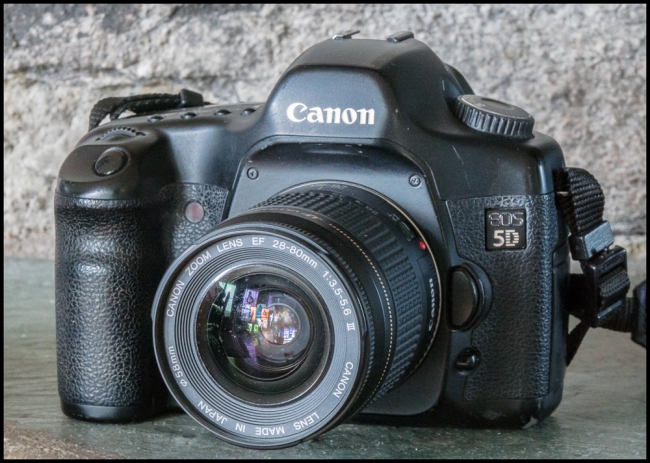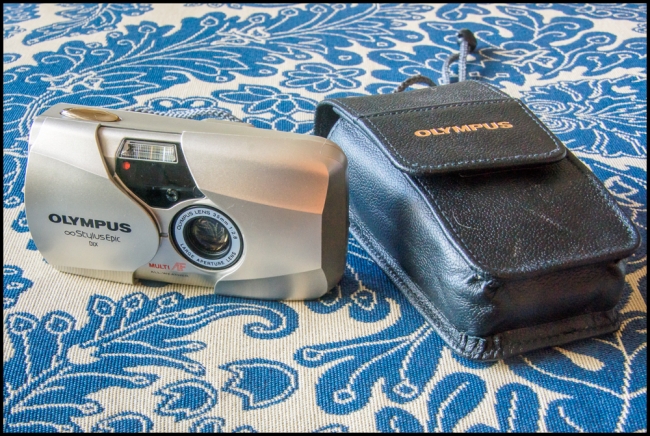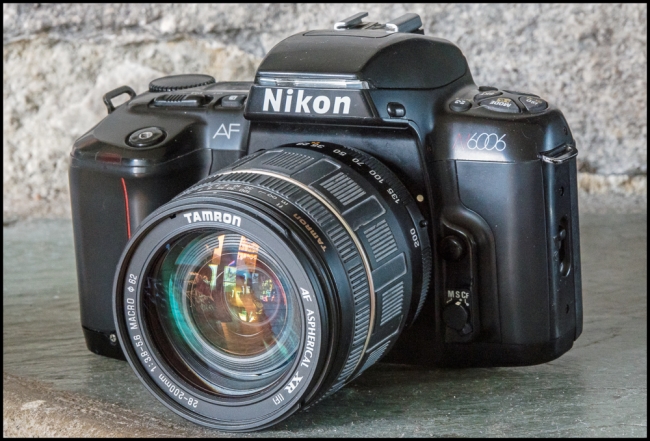I put the film into the camera, closed the back and started to advance the film. Somehow it didn’t seem as smooth as with other similar cameras I’ve used. However, I pressed on and as I took shot after shot the film seemed to be advancing well albeit with a little roughness. When I got to the end of the roll and started to rewind it seemed much harder than usual. Had I done something wrong? Maybe I hadn’t put the film in properly? Maybe the film had not advance properly and was ruined? So it was with some trepidation that awaited the return of the scans from the lab. Maybe I’d get nothing usable back?
I seemed that I worried over nothing. The scans came back with 38 pictures. Unfortunately a good number of them were badly underexposed. At first I thought this might have been because of the battery I was using. However, as you’ll see from the pictures below not all of the pictures were underexposed. When the lighting was fairly even the camera exposed well.
It was quite a gloomy day and the underexposed pictures tended to have dark foregrounds and a bright sky. Could it be that the meter could not handle such a large dynamic range and underexposed because of the bright sky. Any of course because you can’t change any of the settings there’s not much that you can do to compensate.
The Rangefinder patch was relatively clear and I had no difficulty focusing.
All things considered it was pleasant to use. Not too much to worry about so you could focus on composing the shot. However, I suspect that I was expecting too much of the camera. I think it’s probably best for use outdoors on a bright, sunny day: a classic point and shoot camera with easy focus and, in the right conditions, accurate exposure.



